We are nearing the end...
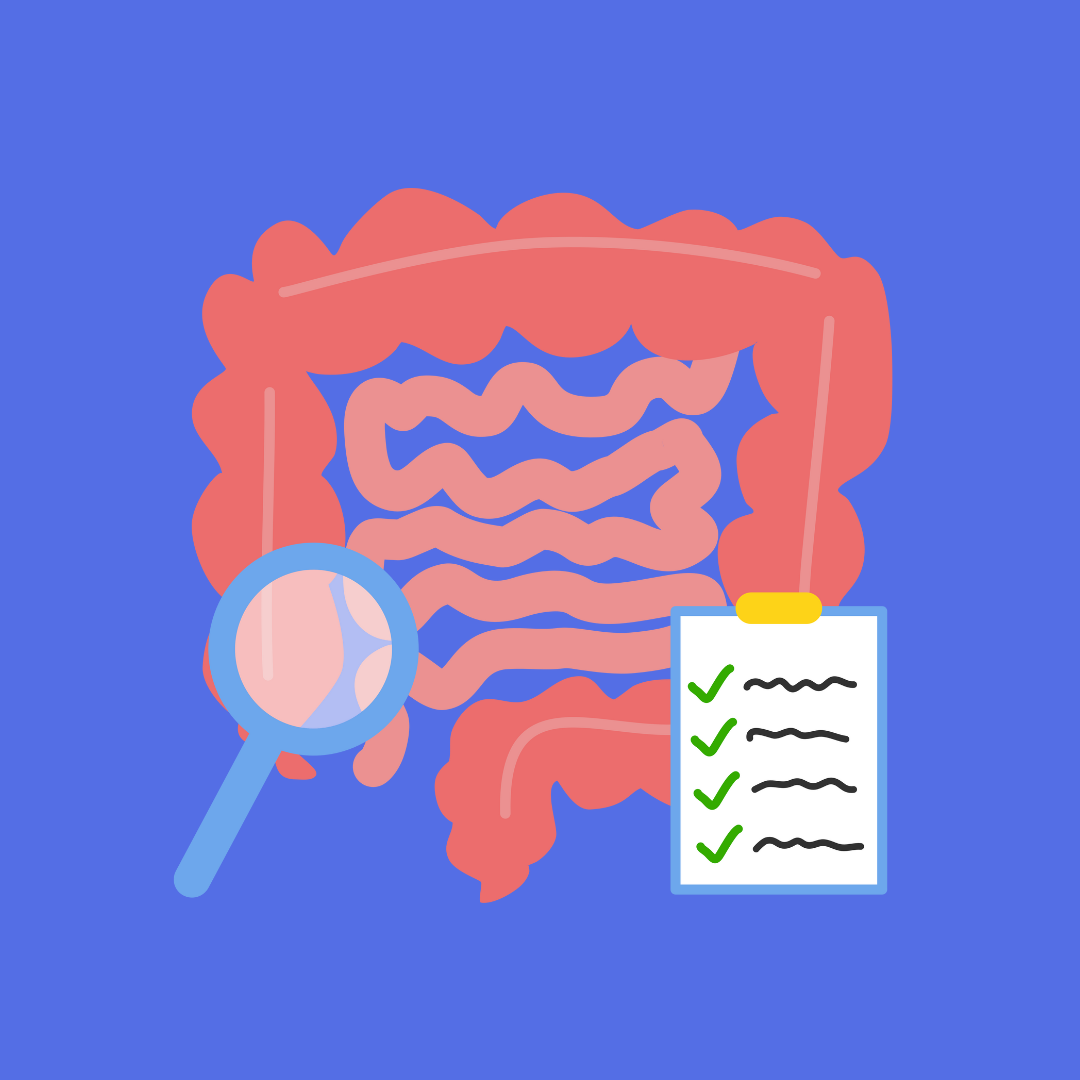
This article is the 4th and final in a series of different gastrointestinal (GI) tract topics. Today’s article will focus on the large intestine or colon and conditions relating to that part of our GI tract. The colon is highly diverse, and the makeup of bacteria, viruses, and fungi is often called a rainforest. Having the balance of these microbes is extremely important for our health.
The colon or large intestine is a tube starting at the small intestine and ending at the rectum. The length of the colon is about 5 feet, and it is approximately 2 & ½ inches in diameter or across. If you opened the stomach, it would look like a question mark wrapping around the small intestine. The colon is the final stage of the digestive process and is also where stools are formed before they are eliminated.
When your food reaches the colon, most of the nutrients have already been absorbed in the small intestine, and the things left behind are minerals, fat-soluble vitamins, and water. The colon contains good and bad bacteria that live in a delicate balance called flora. Flora helps to break down further and extract nutrients from the remaining waste.
When waste initially enters the colon, it is pretty watery, but as it moves through the colon, water is reabsorbed into the body, and stools begin to form. These stools consist primarily of food debris and bacteria. These bacteria fuse vitamins, process waste and food particles and protect us against harmful bacteria. How long does it take to clean out your colon? Once stool has formed, peristalsis kicks in, and the body begins moving the stools to the rectum for elimination.
Our healthcare system has a great way of finding out what is happening in the colon, utilizing a colonoscopy procedure. If you are over 45 years old, the chance you have had one of these is high because that is the age that is recommended that you do a screening for colon cancer.
Just two weeks ago, I had my first one. I was curious about the colonoscopy prep, which requires a product that draws liquid into the bowel to flush out the colon. I have been a pharmacist for 35 years and have counseled hundreds of patients on how to do this, but I have yet to use one. The nurse offered the smaller version or the 4-liter jug, which I chose because I was curious. I did the prep the night before, which was interesting, like being sick without being sick. I had to drink 8oz of the liquid every 15 minutes until ¾ of the jug was ingested, with the remaining ¼ to finish at 4 am, that part I didn’t like.
I checked into the hospital and then was prepped for the procedure. They wheeled me into the procedure room, where the anesthesiologist was situating a pillow under my arm, and the next thing you knew, I was in the recovery room. This was also my first time in anesthesia which is pretty impressive. The results of my colonoscopy were great, and I don’t need to return for ten years which was awesome.
Why am I telling you about this? Because it is a straightforward procedure, with some inconvenience with the bowel prep, to ensure everything is working in your colon and that you don’t have pre-cancerous or cancerous lesions that can easily be removed during the procedure. If you are due for a colonoscopy, do not put it off because they can take care of things before they get out of hand.
The most common conditions affecting the colon fall under the name inflammatory bowel disease (IBD); the two conditions are Crohn’s disease and ulcerative colitis. Crohn’s disease is an auto-immune condition that can affect small and large intestines. It is typically patchy and can go deep into the stomach lining. Ulcerative colitis is limited to the colon but can affect the entire colon, causing pain and inflammation. Unlike Crohn’s, it is more superficial in its effect on the stomach lining.
IBD affects more than 1.8 million people in the US, and there currently is no cure for the disease. The best we can hope for is the remission of the symptoms. Symptoms include chronic diarrhea, stomach pain, cramping, bloody stools, weight loss, fever, and bowel urgency. These conditions can easily be identified by having a colonoscopy.
I mentioned the bacteria of the GI tract is like a rainforest and taking an oral antibiotic is akin to a forest fire in the gut. It can take months of probiotic treatment after an antibiotic to return the bacterial flora to normal. In severe cases, a condition known as c. dif, can occur where the bad bacteria overgrow the good bacteria causing extreme diarrhea. Antibiotics and in extreme cases, fecal transplants are the solution to fixing the problem.
How do we best keep our colon happy? The recommendations are not surprising as they revolve around lifestyle. Exercising as little as 20 minutes 3 to 5 times a week will lead to healthier, more consistent bowel movements, so move! Drinking adequate water each day is a must for preventing constipation. Quitting smoking is not surprising, as the toxins in smoke adversely affect the cells in our bodies, and there is a direct link to colon cancer.
A diet of plenty of fiber while avoiding processed food, sugar, and alcohol. Nutrients that can be beneficial in supporting good colon health include fermented vegetables, raw fruits and vegetables, herbs and spices, omega-3 fats, bone broth, and foods high in fiber. The flip side would be foods bad for your GI tract, including processed foods, GMOs, fast food, refined oils, and synthetic food additives.
Choosing the right foods can directly correlate to your GI and overall health. There is a saying, “you can’t out-exercise or out-drug a poor diet.” That is how important our food choices are.
Dietary supplements are another option for maintaining optimal colon health. We recommend pre-and probiotics, fiber supplements, omega-3 fatty acids, bovine colostrum(this one you have to call the pharmacy for), and curcumin products for inflammation. These products help and support a healthy colon and can easily be incorporated into your supplement regimen.
For more information on colon and gut health or help to decide what products are best for you, call the pharmacy @ 701-483-4858 or stop in to schedule a consultation. Please visit my website at www.irsfeldpharmacy.com to find this and other archived articles in the blog section.
Until next time, be vigilant about your health!!!
VISIT US
HOURS
HOURS
CONTACT US
Fax #: (701) 483-4926


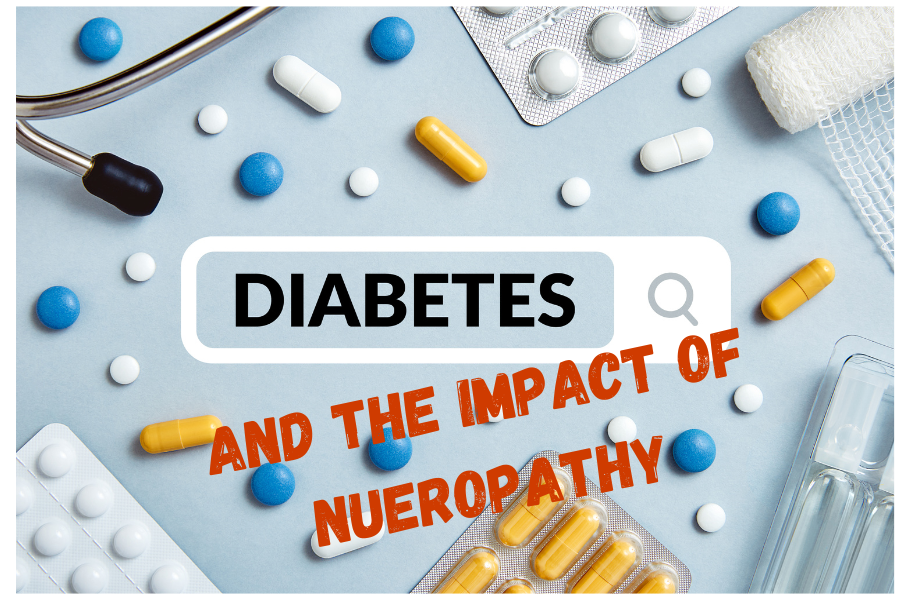

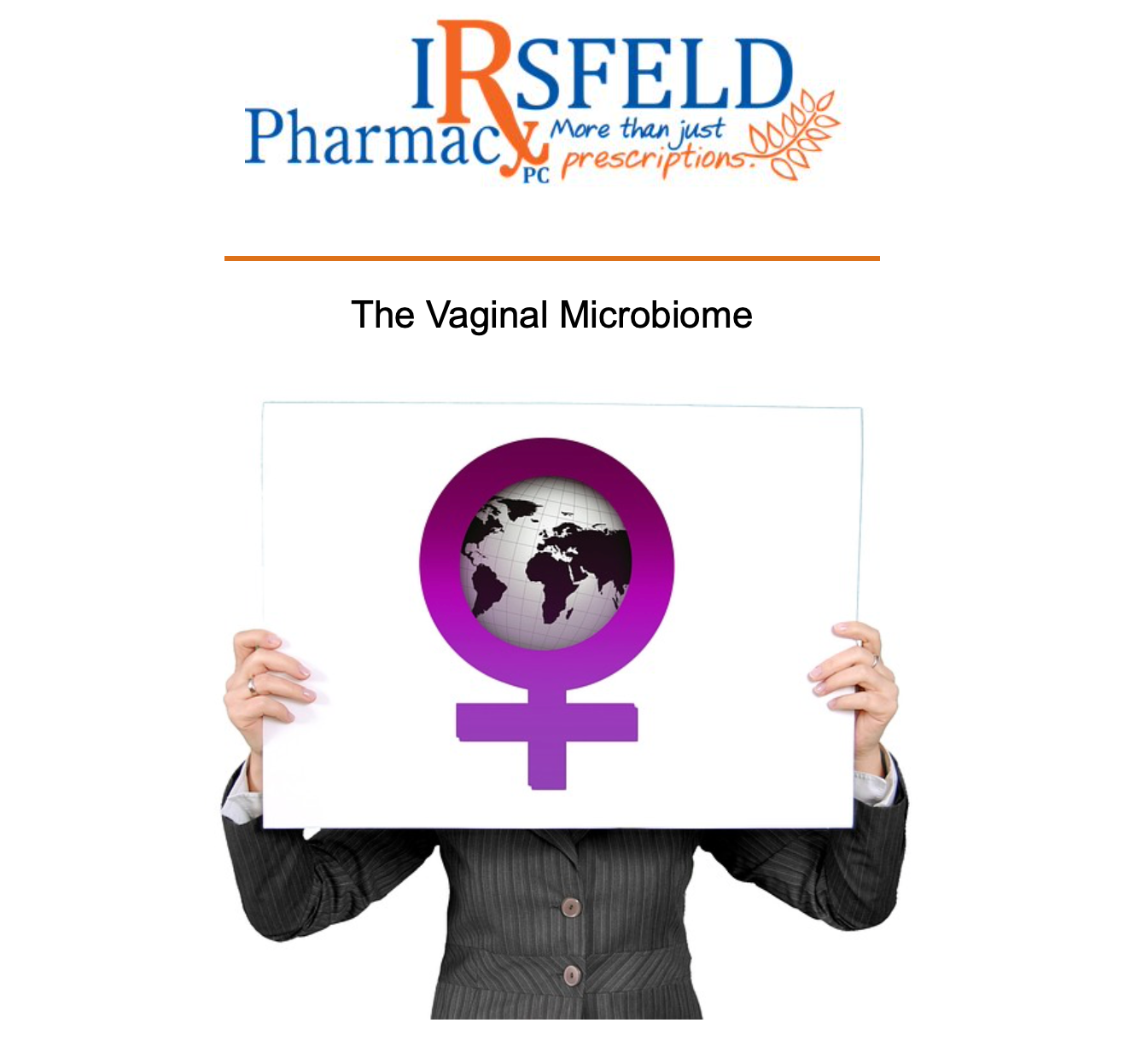
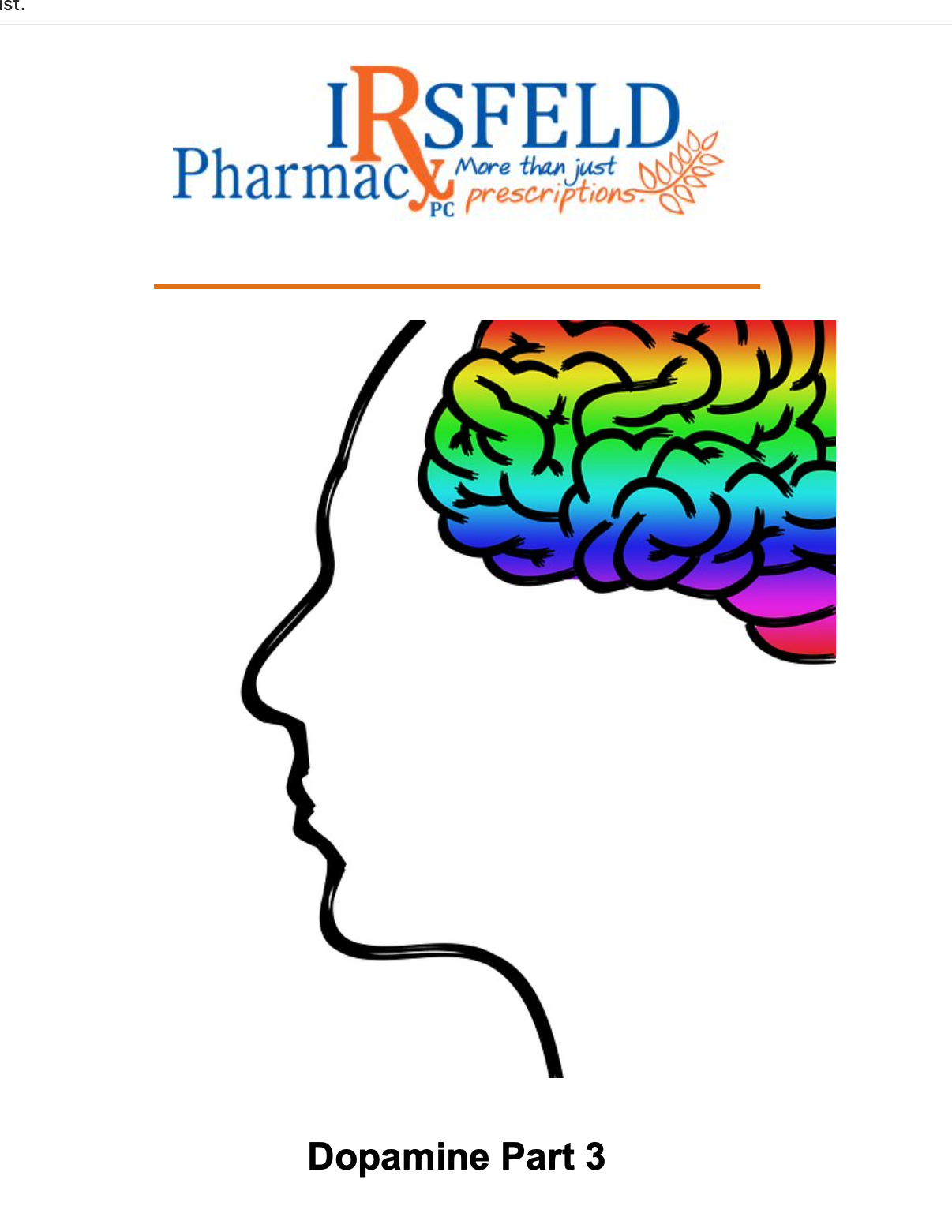
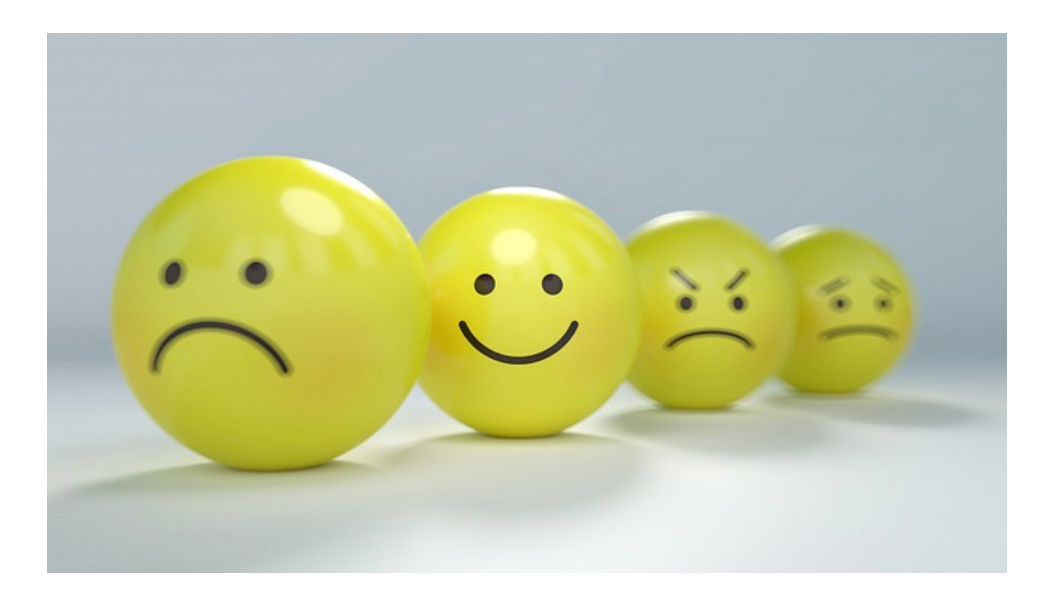
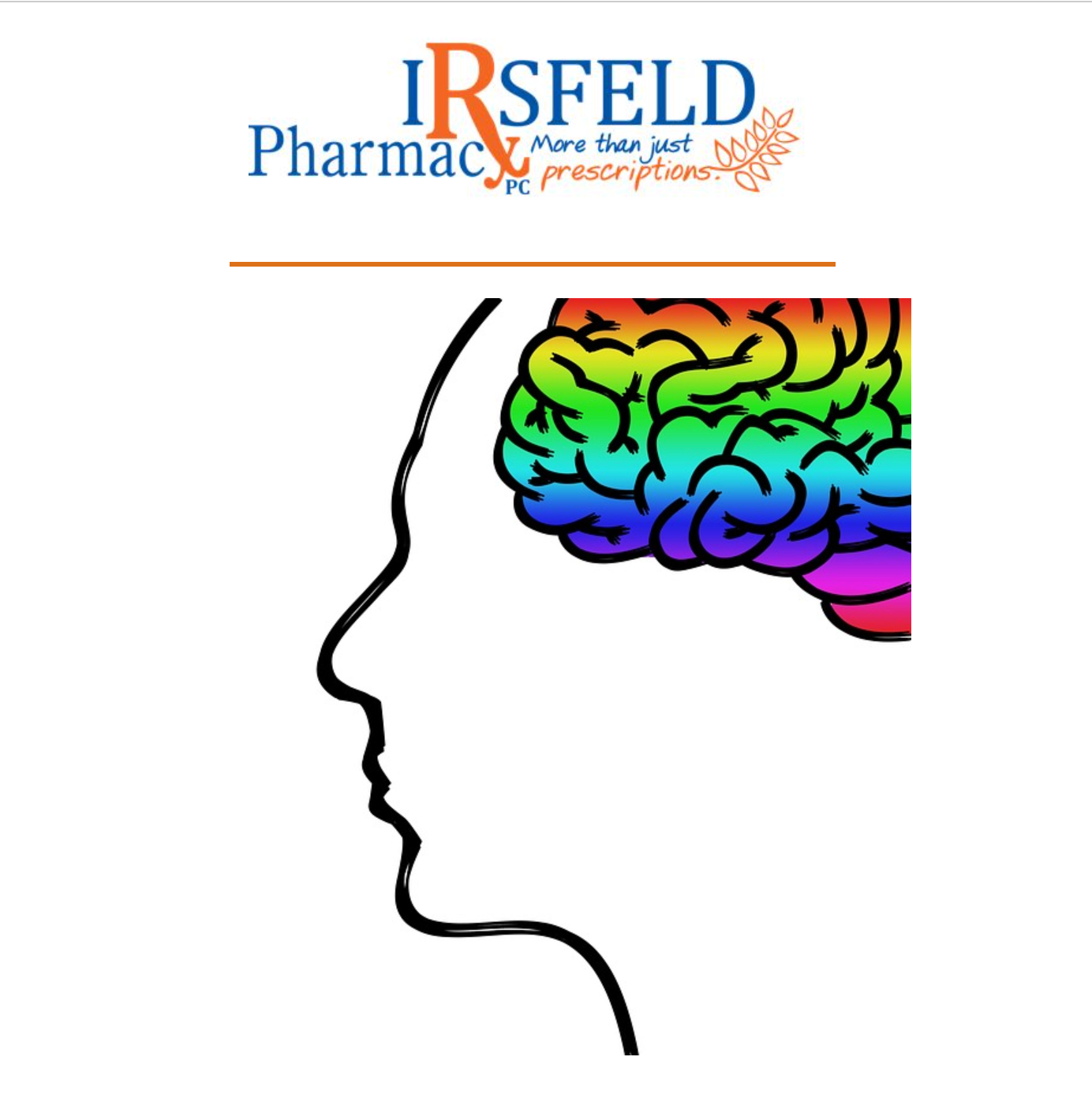
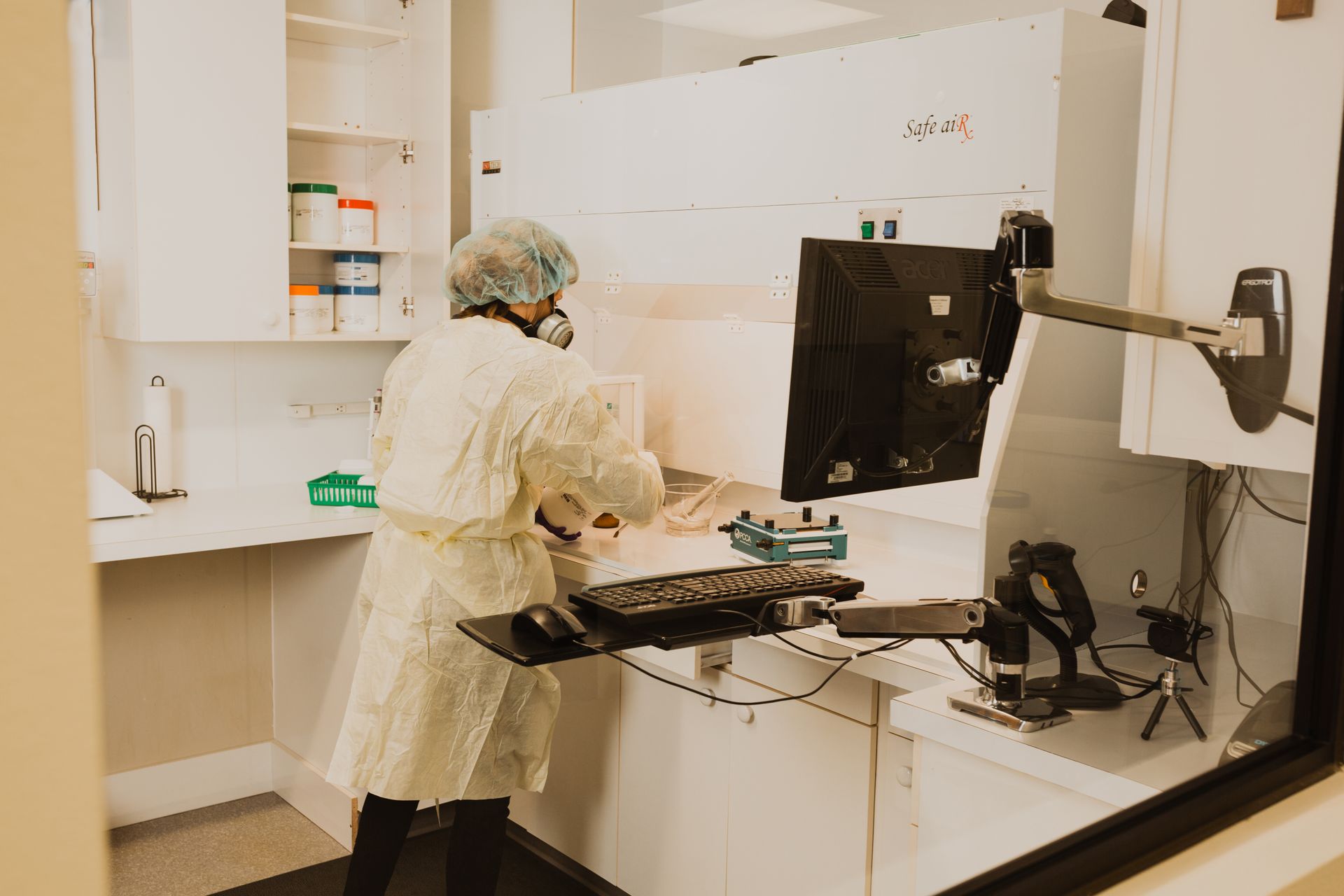


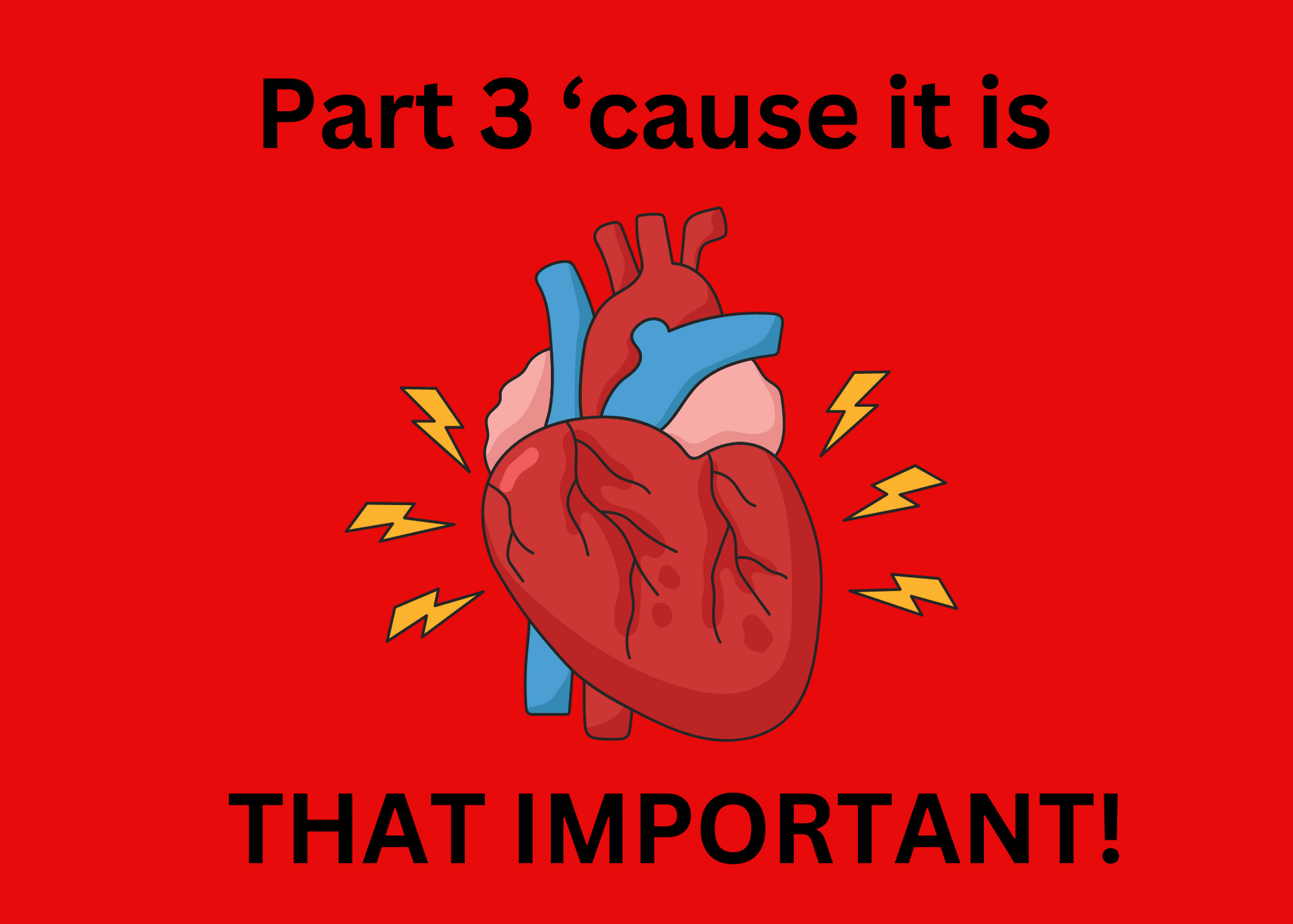
Share On: